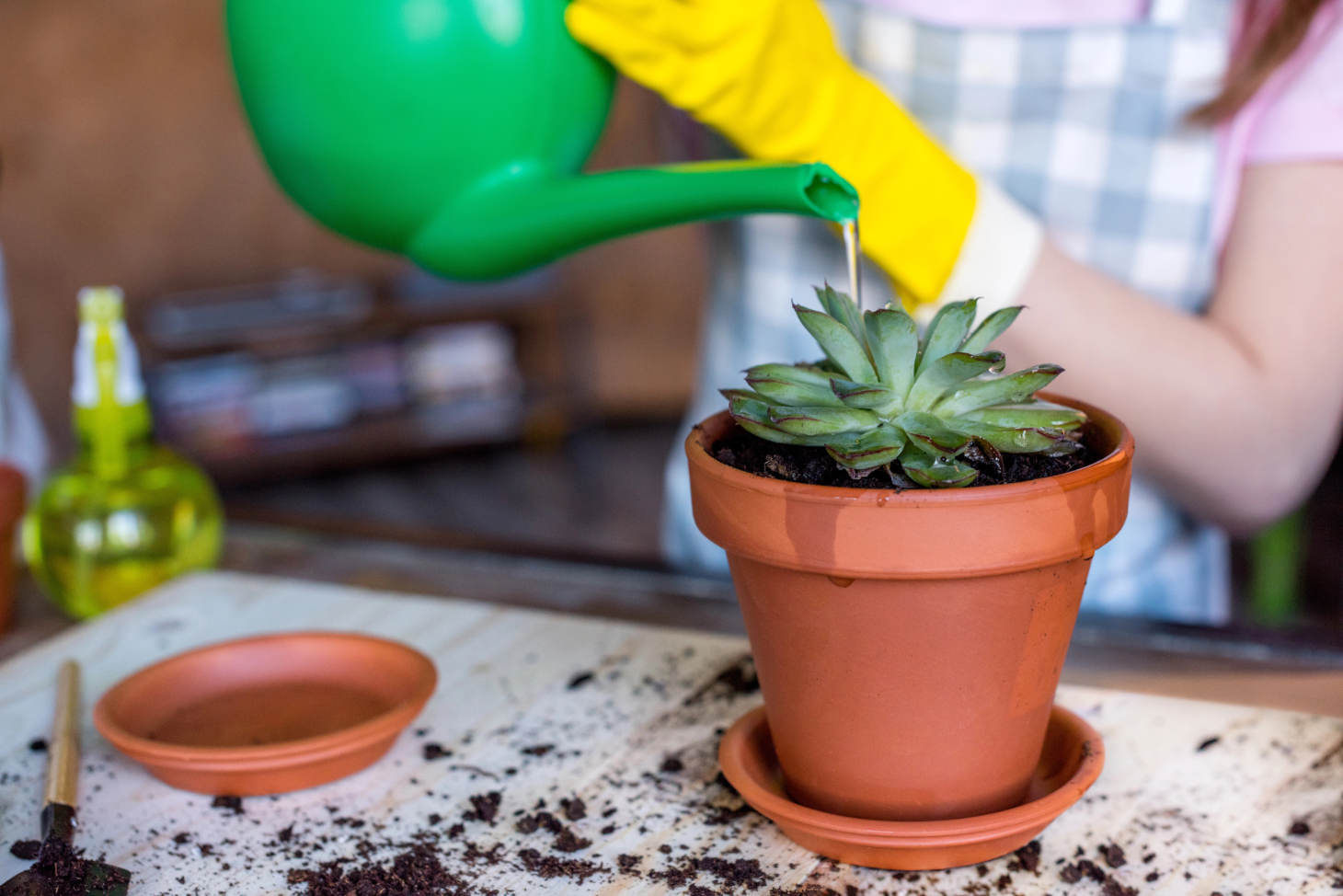Common Misconceptions About Caring for Succulents
Succulents are often viewed as simple, low-maintenance plants that anyone can keep alive with little effort. But many common tips you hear about succulent care are actually based on myths that can leave your plants struggling. Understanding the real needs of succulents is the key to keeping them healthy and thriving.
Some people believe succulents never need to be watered, can survive in any pot or soil, or do best with little sunlight, when in reality, these mistakes can harm your plants. By learning the truth behind these common misconceptions, you can avoid problems and enjoy beautiful, strong succulents on your windowsill or in your garden.
Key Takeaways
- Proper watering routines are important for healthy succulents.
- Good soil and enough light matter more than most people think.
- Avoid common care mistakes to help your succulents grow better.
Watering Myths and Mistakes

Caring for succulents means paying close attention to how you water them. Many people make mistakes that can lead to unhealthy plants or even death of the roots.
Overwatering Versus Underwatering
A common mistake is thinking succulents need as much water as other houseplants. Overwatering is actually the main cause of sick succulents. When roots stay too wet, they can’t breathe and may begin to rot.
It’s easy to believe that giving more water will help a dry-looking plant, but soggy soil suffocates the roots. Signs of overwatering include mushy leaves, yellowing, and a plant that seems to shrink or fall apart.
Underwatering happens too, though less often. Your succulent may look shriveled, or the leaves may become thin and dry. While underwatering can weaken a plant, it’s usually easier for succulents to recover from dryness than from wet, mushy soil.
Healthy roots depend on a careful balance: let the soil dry out, but don’t ignore your plant for months.
How Often Should You Water Succulents?
There is no single schedule that works for all succulents. The biggest myth is that you should water them every few days, or on a strict routine. In fact, watering needs change with the seasons, the potting mix, and your home’s temperature.
You should wait until the soil is completely dry before watering again. Stick your finger into the soil up to the first knuckle or use a wooden stick; if it comes out clean, it’s time to water. When you do water, water deeply so the roots get a good drink, but let any extra drain away completely.
Root Rot Risks
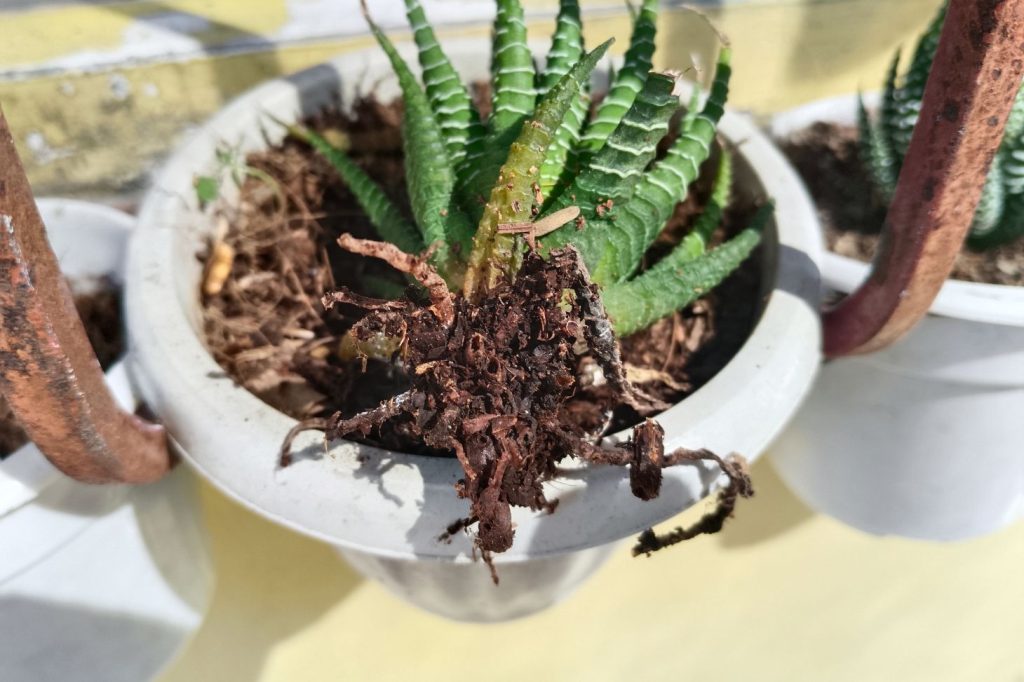
Root rot is one of the most serious problems caused by overwatering. It happens when roots sit in wet soil for too long, leading to soft, browning, or black roots that can’t take up water or nutrients. Most often, poor drainage and too much water cause this issue. Using pots with drain holes and a gritty, fast-draining soil mix protects against rot.
Be sure not to let water sit in saucers under your plants. If you see a bad smell or mushy stems, root rot may already be present. In these cases, you must cut away the affected roots and replant the healthy parts in fresh, well-draining soil.
Good succulent care means you watch carefully and act fast if you suspect root rot.
Soil, Drainage, and Potting Misconceptions
Many people assume succulents can grow in any soil and pot, but using the wrong materials can lead to problems like root rot or stunted growth. Knowing how to pick proper soil, provide great drainage, and choose the right pots is key for healthy succulents.
Choosing the Right Potting Soil
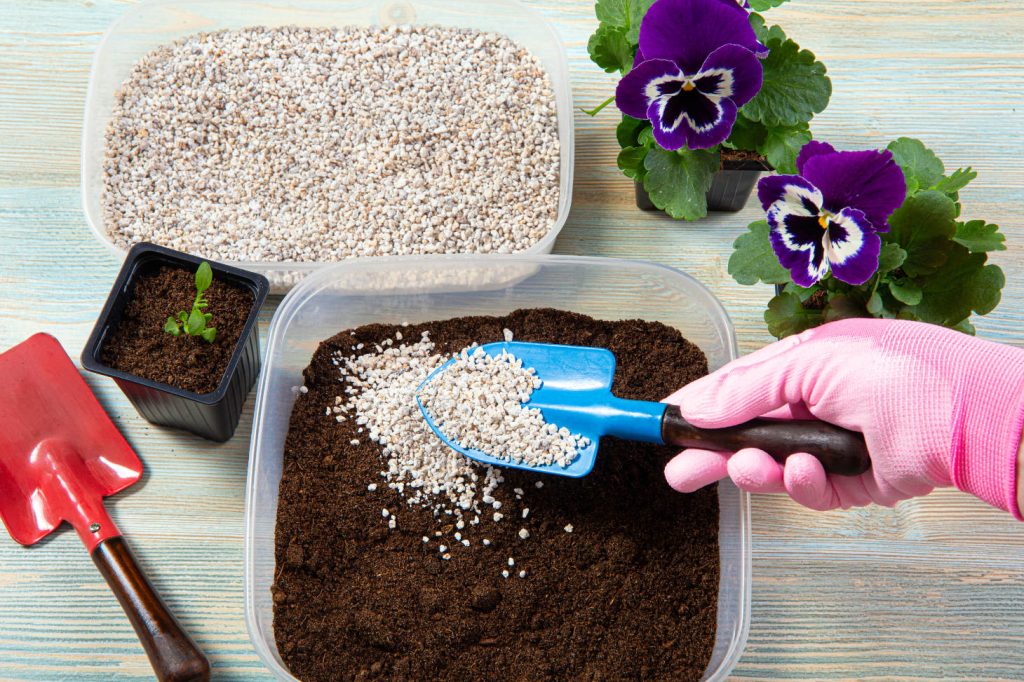
A common mistake is using regular garden soil, which is often too dense and holds too much moisture. Succulents need a loose, well-aerated mix that dries quickly.
The best potting soils for succulents usually contain a blend of coarse sand, perlite, bark, and a small amount of peat moss. These ingredients help water drain fast and stop the roots from sitting in soggy soil.
Most stores sell “succulent mix,” but make sure it’s well-draining. You can also make your own by mixing three parts potting soil, two parts coarse sand, and one part perlite or pumice. Avoid soils that stay wet or feel heavy, as these increase the risk of rot.
Well-Draining Soil Is Essential
Succulents naturally come from dry areas where water drains quickly, so well-draining soil is critical for their health. Soil that holds water for too long can lead to fungal diseases and root rot.
Signs your soil is not draining well include leaves turning yellow, mushy stems, or a musty smell in the pot. If the top of the soil stays wet for more than a day after watering, consider repotting.
Use a soil mix that feels gritty and falls apart in your hand. Avoid soils with too much peat moss, which can trap water. Well-draining soil lets the roots “breathe” and supports strong growth.
Potting Containers and Drainage Holes
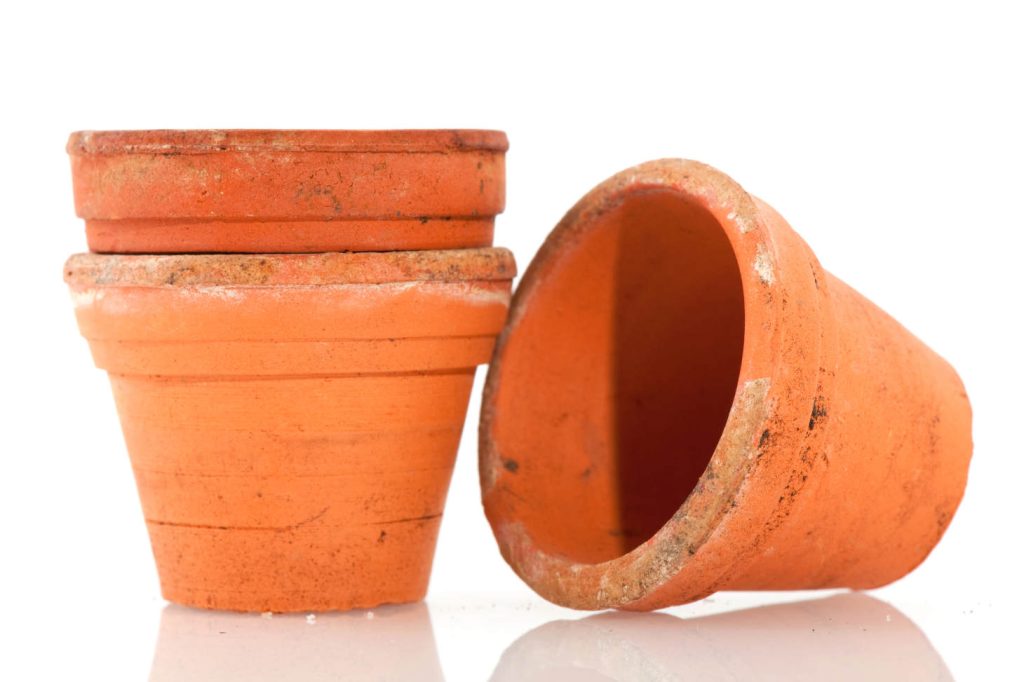
The type of pot you choose affects your succulent’s health as much as the soil does. Terracotta pots are popular, as they let moisture escape through the walls, helping to keep roots dry.
Always pick containers with one or more drainage holes at the bottom. Without these holes, extra water has nowhere to go, greatly raising the chance of root rot.
Some decorative pots don’t have drainage. If you want to use them, keep your succulent in a plastic nursery pot with drainage and set it inside the decorative pot. This method lets you remove and water the plant safely. Remember, drainage is not just helpful, it’s necessary for healthy succulents.
Lighting and Climate Misunderstandings
Many people think succulents need very little light or special conditions, but these beliefs often lead to problems. Paying attention to how much light, temperature, and humidity your succulents get is key for keeping them healthy indoors.
Sunlight Requirements for Healthy Growth
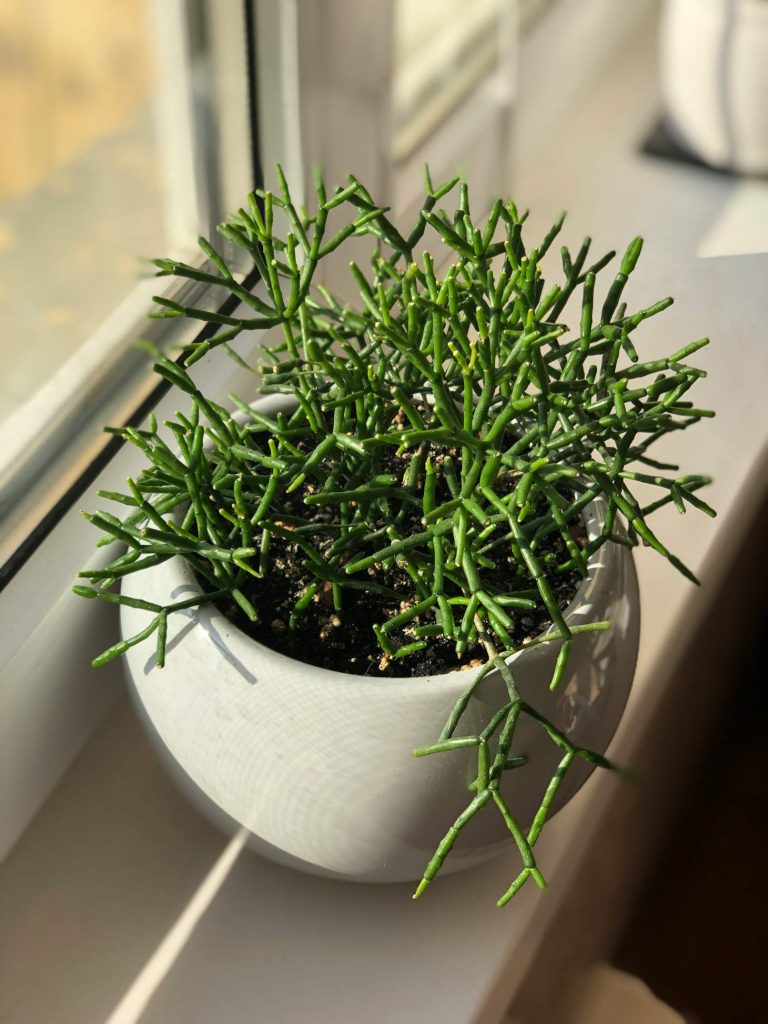
Succulents need a lot of bright sunlight to grow well indoors. Most types do best with 6–8 hours of indirect light each day. Placing your plant near a south or east-facing window often gives the right amount of brightness.
A common mistake is leaving succulents in dim spots. Without enough light, they can become “leggy,” stretch toward the window, and lose their compact shape. Leaves may also turn pale or drop off.
If windows do not provide enough light, you can use LED grow lights. These mimic sunlight and help your plant stay healthy. Check for signs like weak stems or pale leaves, these are clues to increase the light.
Direct Sunlight and the Risk of Sunburn
While succulents enjoy bright light, direct sunlight can harm them, especially indoors or if they are suddenly moved. Sitting in hot, direct sun, especially behind glass, can cause leaf edges to turn brown or white and develop dry spots. This is called sunburn.
Indoor succulents need protection from harsh rays, especially in summer or during heat waves. If your plant is new, slowly increase its light exposure over a few days. Sheer curtains or blinds can filter the light and reduce the risk of leaf damage.
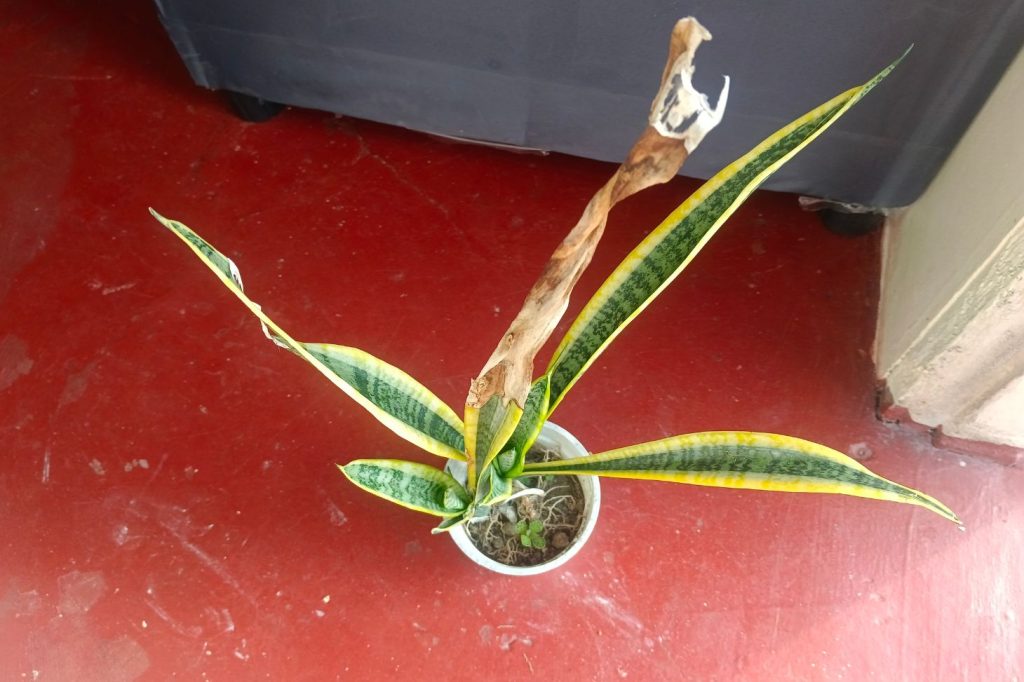
Signs of sunburn include:
- Brown or white patches on leaves
- Dry, crispy spots
If you see these problems, move the plant out of direct sunlight right away.
Temperature and Humidity Considerations
Succulents are used to dry, warm climates and usually do well in indoor temperatures between 60°F and 80°F (16°C–27°C). However, many houseplants, including succulents, dislike sudden changes. Avoid putting them near air vents, radiators, or cold drafts.
Low humidity is usually not a problem for most succulents, but some types can suffer if the air is too damp. High humidity can cause leaves to rot or attract pests. Try to keep humidity low, especially in bathrooms or kitchens.
If your home is humid, improve airflow by opening a window or using a fan. Always check the soil before watering, moist soil in a humid room can harm indoor succulents. Proper temperature and humidity help these indoor plants stay healthy and strong.
Care Errors and Overlooked Needs
Many people make mistakes when looking after succulents, like missing signs of pest problems, ignoring pruning tasks, or thinking the plants need less attention than they really do. Succulents may also enter dormancy, and not knowing this can cause unnecessary worry or harm.
Ignoring Pests and Diseases

Succulents are not immune to pests and diseases. Some common pests include mealybugs, aphids, and spider mites. These insects often hide under leaves or in the soil. Early signs may include sticky leaves, small webs, or white, cotton-like clumps.
Powdery mildew and other fungal infections appear as white or gray spots on leaves. High humidity, poor air flow, and wet soil can increase the risk of disease.
Regular checks are important. Remove affected leaves, isolate infested plants, and use insecticidal soap when needed. Wipe leaves gently and avoid overwatering to create less friendly conditions for pests and fungi.
Neglecting Pruning and Propagation
Pruning is often overlooked but vital for succulent health. Some plants grow leggy or drop old leaves, leaving the base bare. Removing dead or damaged leaves helps prevent disease and encourages new growth.
Propagation is another missed care step. Many succulents multiply easily through leaf cuttings or stem cuttings. This gives you more plants and helps rejuvenate tired or crowded arrangements.
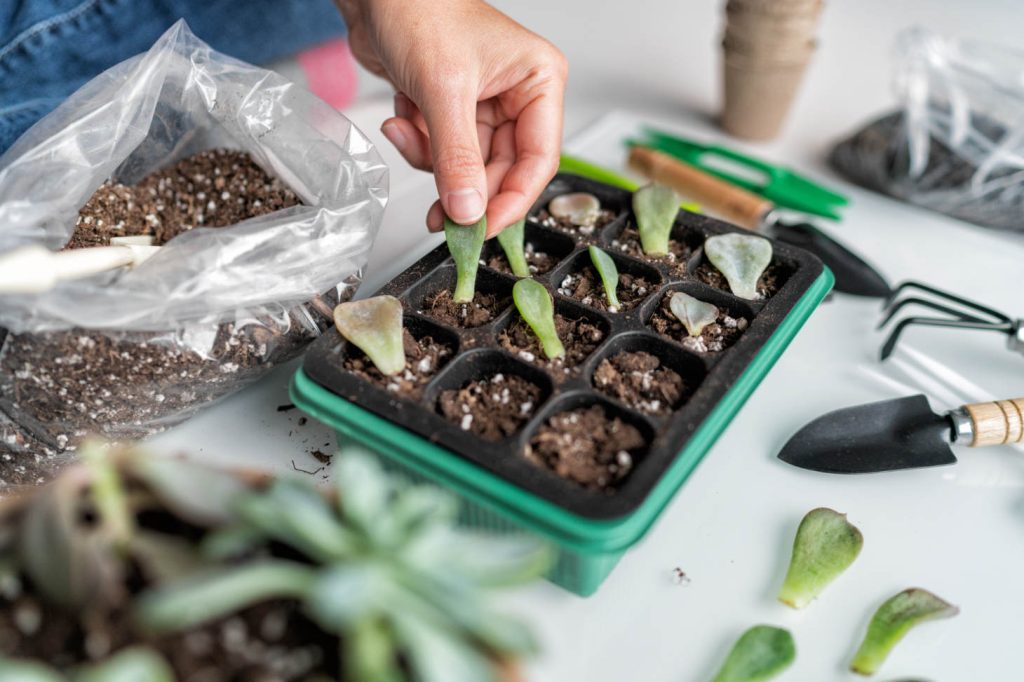
Steps for simple propagation:
- Use a clean, sharp tool to slice off a healthy leaf or stem.
- Let it dry for a few days so the cut end forms a callus.
- Place on well-draining soil; mist lightly until roots form.
Overestimating Minimal Care Needs
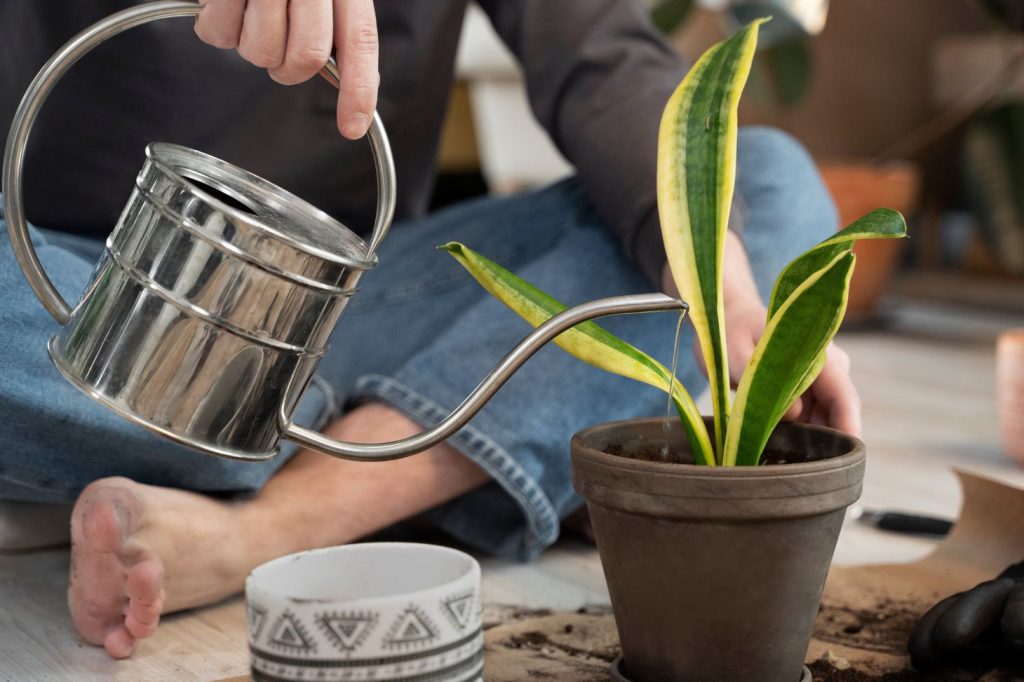
A big misconception is that succulents thrive on neglect. While they need less water than many other plants, they do require regular care. Not giving enough light can lead to leggy, stretched growth, making plants look unhealthy.
Overwatering causes root rot, but underwatering leads to shriveled leaves. You should check the soil, making sure it dries out between waterings, but do not ignore the plant for weeks.
Good care also includes using well-draining soil, cleaning dust from leaves, and fertilizing during active growth periods. Small, regular actions make a big difference.
Misunderstanding Dormancy Periods
Many succulents have a dormancy period. During this time, plants naturally slow their growth. This usually happens in winter for most species, though some rest in summer.
You may notice wilted or dropped leaves and very little new growth. This is normal. Do not increase water or fertilizer, as this can cause stress or rot.
Understanding dormancy will help you avoid unnecessary changes to your care routine. Instead, provide bright but indirect light and limit water. Let your plant rest until its growth cycle starts again.

